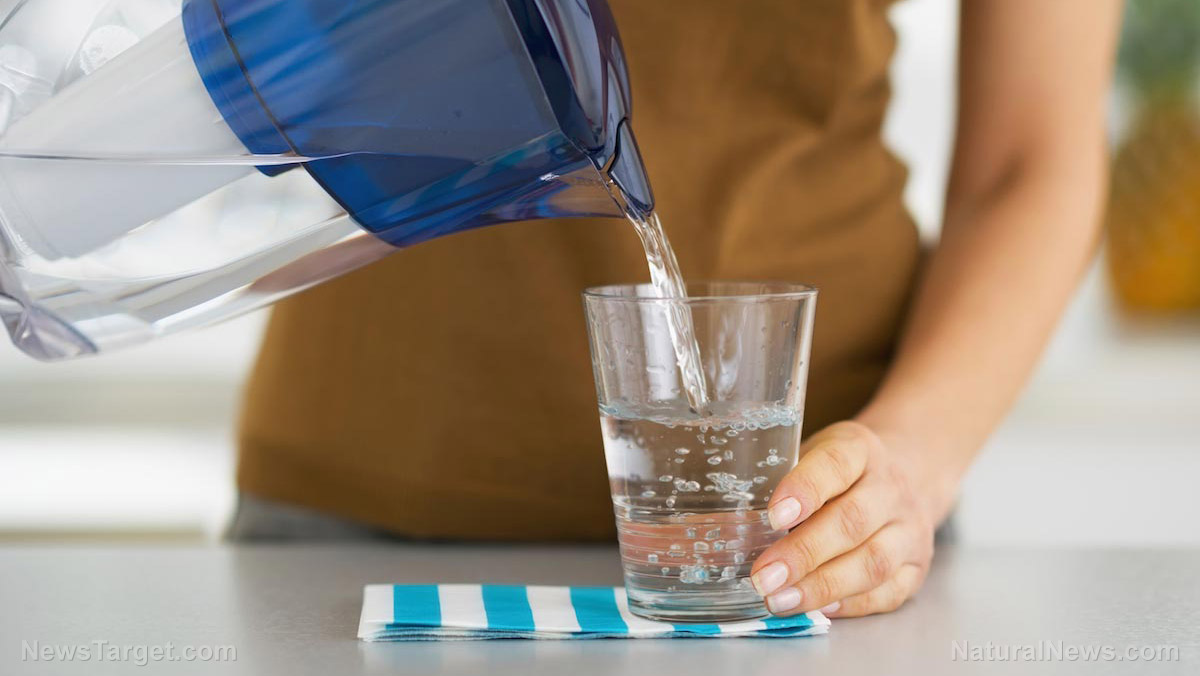What our poop is telling researchers: Wastewater studied to learn if drug manufacturers are a major source for contamination of waterways
09/04/2018 / By Edsel Cook

You have probably heard about researchers investigating sewer water to find out all sorts of things about the health and drug habits of the people in that town or municipality. But it appears that a lot of the pharmaceutical drugs found in wastewater are directly coming from the drug manufacturers themselves, an article on Inside Science stated.
Increasing amounts of pharmaceutical chemicals have been detected in drinking water sources and waterways in the U.S. over the last decade and a half. Much of these drugs are traced to municipal wastewater treatment plants.
These plants are designed to filter organic solids and sediments in wastewater before discharging the now-treated liquid into the nearest waterway. However, they are unable to remove certain chemicals from the supposedly treated water.
A U.S. Geological Survey (USGS) research team checked the discharge of a number of wastewater treatment plants in the U.S. They wanted to ascertain if pharmaceutical manufacturers are involved in the contamination of waterways given the presence of chemicals that make up the companies’ products. (Related: Wastewater treatment plants may soon generate electricity for cities thanks to improved microbial fuel cells.)
Large amounts of an antidepressant drug are getting past wastewater treatment systems
USGS researcher Dana Kolpin and his teammates evaluated treated water from those plants once a year for 24 hours. They were looking for 200 different pharmaceuticals, non-pharmaceuticals, and chemicals.
Of the 20 plants covered by their studies, 13 treated wastewater were from both pharmaceutical makers and residential areas. There was a 14th member, but the nearby factory closed during the study. The remaining six handled just wastewater from domestic households.
Site selection was guided by the presence of factories that made certain widely-used drugs. These products were an antibiotic, a breast cancer drug, an anticonvulsant, an antidepressant, an immunosuppressant, an opioid, and a synthetic estrogen.
The USGS researchers reported that they found significant levels of bupropion in the plants receiving wastewater from drug-making factories. The levels were 452 times higher than the greatest amount in the domestic wastewater discharge.
Buproprion is the active ingredient of Wellbutrin, an antidepressant drug. It was the only one out of the seven common pharmaceuticals that was found in large amounts.
Buproprion levels were 35 times the expected therapeutic dose for rainbow trout and other important fish. Even if it was diluted by the water, it would be enough to affect the behavior of local fish populations in the waterways near the municipal treatment plant.
Wastewater from pharmaceutical companies are packed with drugs
Apart from these common pharmaceuticals, the USGS researchers did not neglect the rarer pharmaceuticals. Out of the 200 compounds they tested for, they found as many as 33 different chemicals in a single sample of wastewater.
Again, the discharge from the treatment plants that dealt with the wastewater from drug makers showed much higher concentrations of the less common pharmaceuticals.
Of striking note was Fluconazole, a fungi-killing medicine that was found in treated water from all 20 plants. One of those plants directly got wastewater from a factory that manufactured Fluconazole. The concentration of the drug in the treated water reached up to 3,000 times the amount present in the other plants’ discharge.
Based on their findings, the researchers believe that the amount of a drug in wastewater discharge skyrockets whenever a pharmaceutical company or factory makes large quantities of that drug.
Furthermore, they do not believe a single means of water treatment could remove all of these drugs from wastewater. Instead, Kolpin and his teammates recommend prioritizing the compounds which are the most dangerous to human health, animal health, and the environment. These chemicals should be dealt with first and foremost.
Stay alert about the excesses of Big Pharma at BigPharmaNews.com.
Sources include:
Tagged Under: Opioids, Pharmaceutical companies, pharmaceutical drugs, pharmaceuticals, wastewater, wastewater contamination, wastewater treatment, wastewater treatment plants




















